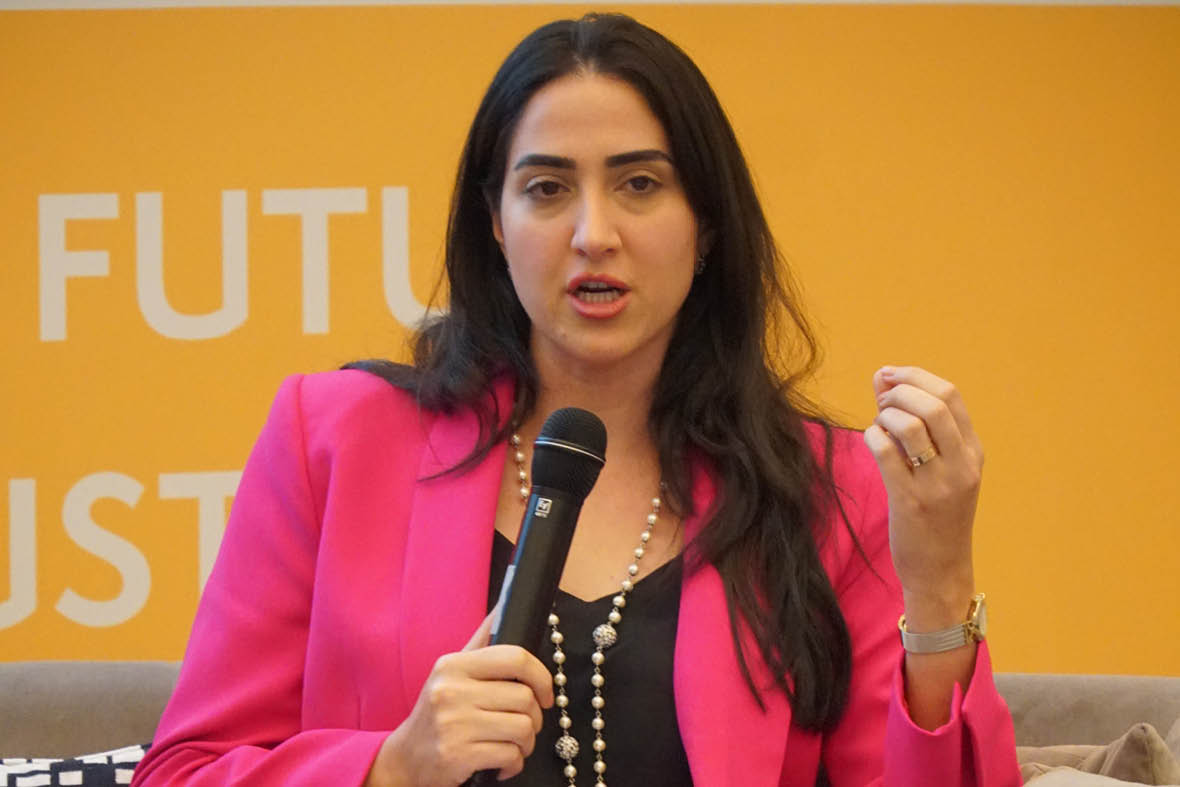During his keynote presentation, Chris Brown, Partner Aviation Strategy at global consultancy KPMG, identified three long-term disruptors for the industry: decarbonisation, digitalisation and advanced air mobility.
However, he pointed out that the CO2 emissions from aviation’s ground operations, including MRO, represent 22% of the total, according to KMPG’s estimates, with ground support equipment (GSE) only making up 3% of that.
Brown noted that it will be important for GSE to move to electric power, but the capacity of the electricity grid to cope with needs from all sectors will be the likely bottleneck to progress.
Speaking on a panel exploring environmental strategies, Noor Salman, dnata Senior Manager Head of Environment & Sustainability, said her company is prioritising its actions based on the size of the impact it can achieve. For instance, it has identified ground power units as the GSE with the greatest fuel consumption and therefore the top priority, she said.
Salman and John Geddes, Menzies Aviation Chief Governance & Sustainability Officer, highlighted that the biggest barrier to electrifying ground operations is a lack of airport infrastructure.
Spencer Low, SATS Chief Sustainability Officer, explained how the company’s home base at Singapore Changi is taking a leadership stance on its environmental targets with a decision that all ground equipment must be carbon emissions free by 2040. He added that the decarbonisation story is not just about electric GSE, noting the transition to biodiesel fuelled units is an easier path.
According to Warwick Brady, CEO of Swissport, there can be a gap between the aspirations of airline CEOs expressing a long-term vision for sustainability and the short-term pricing demands of airline ground operations procurement teams.
With a handler banking US $100 or less per aircraft turnaround there is not a lot of room for service players to invest in fossil fuel-free GSE, and it is up to airlines to set minimum standards in this area to drive change, said Brady.



